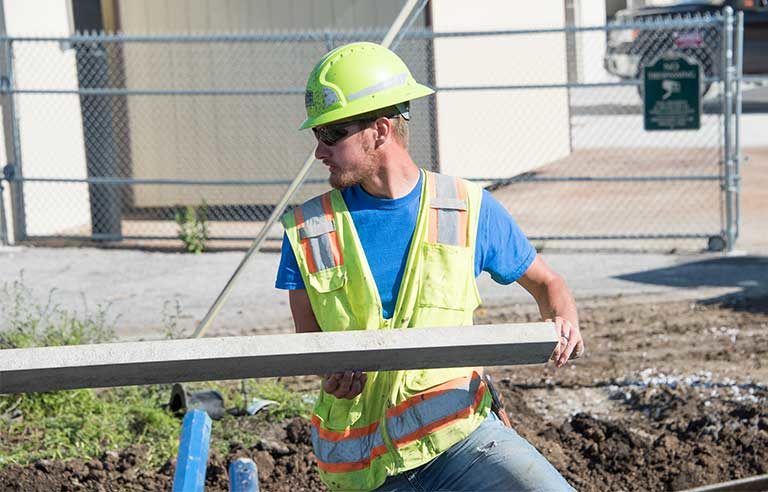Young workers may be at increased risk of cancer-causing exposures

Calgary, Alberta — Young workers in construction and other outdoor industries are “key groups that warrant further investigation” into their increased risk of carcinogen exposures on the job, according to a team of Canadian researchers.
Overall, workers 25 and younger are at increased risk of injury. Researchers say reasons include lack of training and experience, which may elevate young workers’ risk for occupational exposure to carcinogens. Other possible factors: not being able to correctly recognize or assess hazards, and being less likely to know if personal protective equipment is required for a job task.
To identify which occupations were associated with potential exposures to known or suspected carcinogens, the researchers looked at 2006 and 2016 data from Canada’s census to determine the number of young workers by sector and occupation. Next, that data was correlated with occupational carcinogen exposure data from CAREX Canada – a university-affiliated research team that helps organizations prioritize exposures and develop reduction policies and programs.
Results showed that young workers in construction, farming and other outdoor occupations, in particular, can be exposed to multiple carcinogens.
According to a press release from Ontario’s Workers Health and Safety Center, construction workers are commonly exposed to solar radiation, silica dust, diesel engine exhaust, asbestos, wood dust and night shift work. Among other outdoor workers – such as ground maintenance laborers, painters, tree planters and lifeguards – pesticides, wood dust, solar radiation and diesel engine exhaust are common exposures. The same goes for farm laborers.
The researchers, who note that exposures earlier in life have more time to develop into deadly cancers, recommend developing accurate occupational carcinogen estimates for young workers that can “inform relevant policies and programs to better protect this population and reduce their risk of cancer.”
The study was published online in the journal Frontiers in Public Health.
Post a comment to this article
Safety+Health welcomes comments that promote respectful dialogue. Please stay on topic. Comments that contain personal attacks, profanity or abusive language – or those aggressively promoting products or services – will be removed. We reserve the right to determine which comments violate our comment policy. (Anonymous comments are welcome; merely skip the “name” field in the comment box. An email address is required but will not be included with your comment.)

